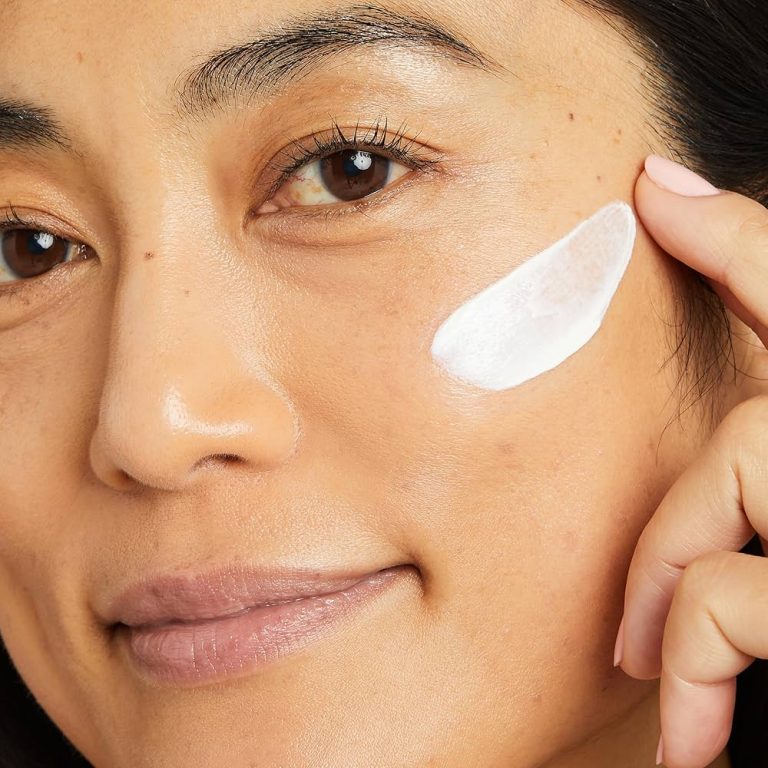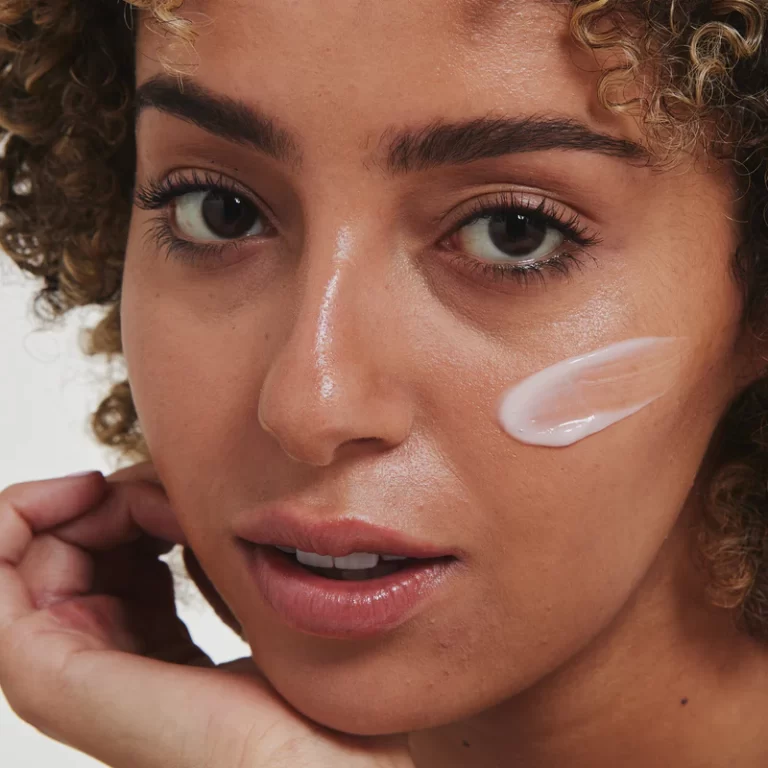
Moisturizing Cream for Face : Nourish Your Skin to Perfection
Introduction: The Importance of Facial Moisturizers
Moisturizing cream for face play a crucial role in maintaining healthy, radiant skin. These essential skincare products help to hydrate, protect, and nourish the delicate skin on our faces. By providing much-needed moisture, they prevent dryness, flakiness, and premature aging. Moreover, a good moisturizer can improve skin texture, reduce the appearance of fine lines, and create a protective barrier against environmental stressors.
Choosing the right moisturizing cream for your face can make a significant difference in your skin’s overall health and appearance. This comprehensive guide will explore the benefits of facial moisturizers, ingredients to look for, how to choose the right product for your skin type, and tips for incorporating moisturizers into your skincare routine. Whether you have dry, oily, combination, or sensitive skin, understanding the world of facial moisturizers will help you achieve the healthy, glowing complexion you desire.
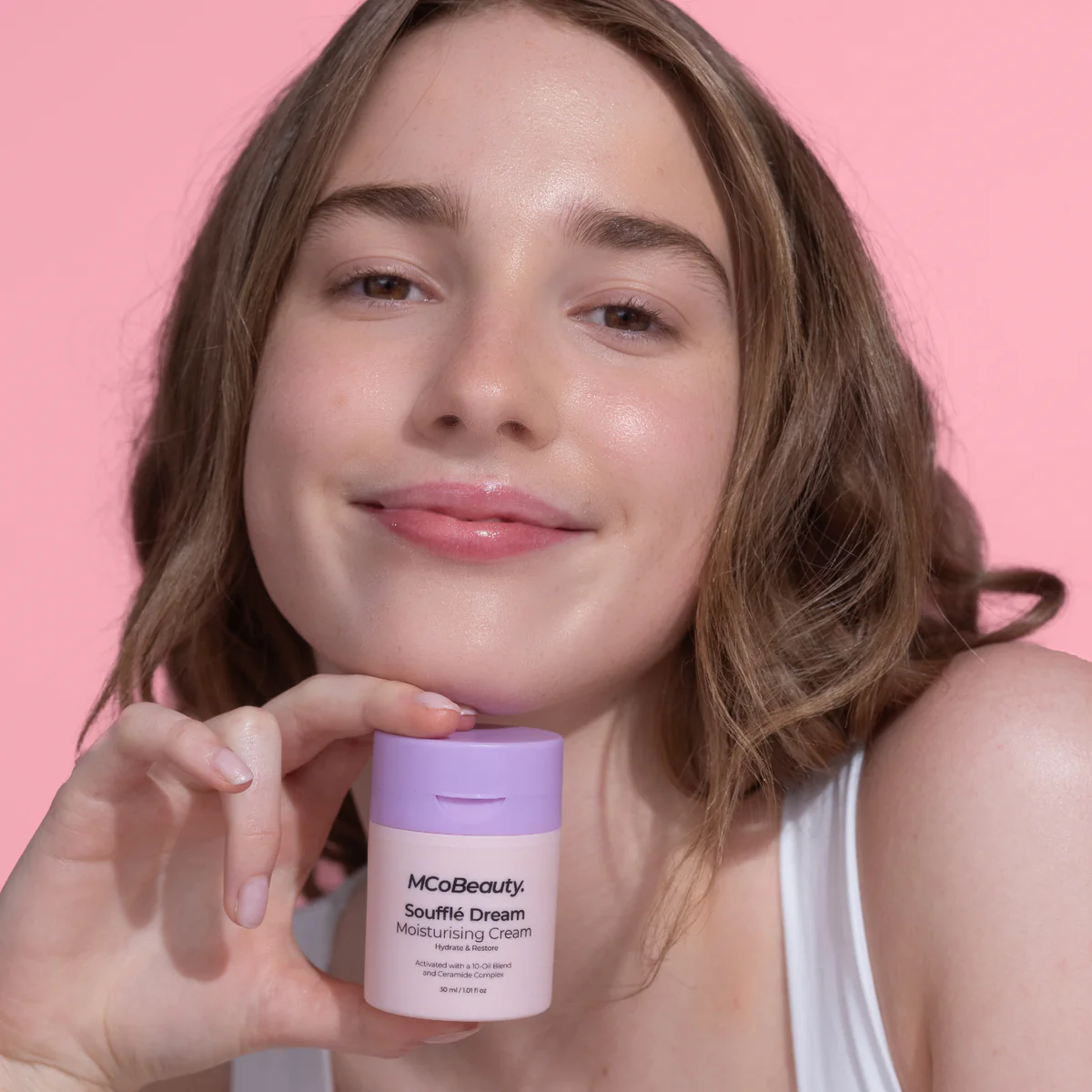
Understanding Skin Hydration: The Science Behind Moisturizers
To appreciate the importance of facial moisturizers, it’s essential to understand how skin hydration works. The skin’s outermost layer, called the stratum corneum, acts as a barrier to protect against external factors and retain moisture. This layer contains natural moisturizing factors (NMFs) and lipids that help keep the skin hydrated. However, various factors such as aging, environmental conditions, and harsh skincare products can deplete these natural moisturizers, leading to dryness and irritation. Facial moisturizing creams work by supplementing the skin’s natural hydration mechanisms.
They typically contain three types of ingredients: occlusives, which form a physical barrier to prevent water loss; humectants, which attract water from the environment and deeper layers of the skin; and emollients, which smooth and soften the skin’s surface. By combining these ingredients, moisturizers help to restore and maintain the skin’s hydration balance. Additionally, many modern moisturizers incorporate active ingredients that address specific skin concerns, such as anti-aging compounds or acne-fighting agents. Understanding this science allows consumers to make more informed choices when selecting a facial moisturizer that suits their skin’s unique needs.
Key Ingredients in Effective Facial Moisturizers
The effectiveness of a facial moisturizing creams for face largely depends on its ingredients. Some key components to look for include hyaluronic acid, a powerful humectant that can hold up to 1000 times its weight in water, providing intense hydration. Glycerin, another humectant, attracts moisture to the skin and helps maintain its hydration levels. Ceramides, naturally occurring lipids in the skin, play a crucial role in maintaining the skin barrier and preventing moisture loss. Plant oils such as jojoba, argan, and rosehip offer nourishing properties and can help to strengthen the skin’s protective barrier.
Antioxidants like vitamin C, vitamin E, and green tea extract protect the skin from free radical damage and can improve overall skin health. For those concerned with anti-aging, ingredients like retinol, peptides, and niacinamide can help reduce the appearance of fine lines and wrinkles while improving skin texture. Soothing ingredients such as aloe vera, chamomile, and allantoin can calm irritated skin and reduce redness. When choosing a moisturizer, it’s important to consider your skin type and specific concerns. For instance, those with oily skin might prefer lightweight, oil-free formulations, while dry skin types may benefit from richer creams containing occlusive agents like shea butter or petrolatum.
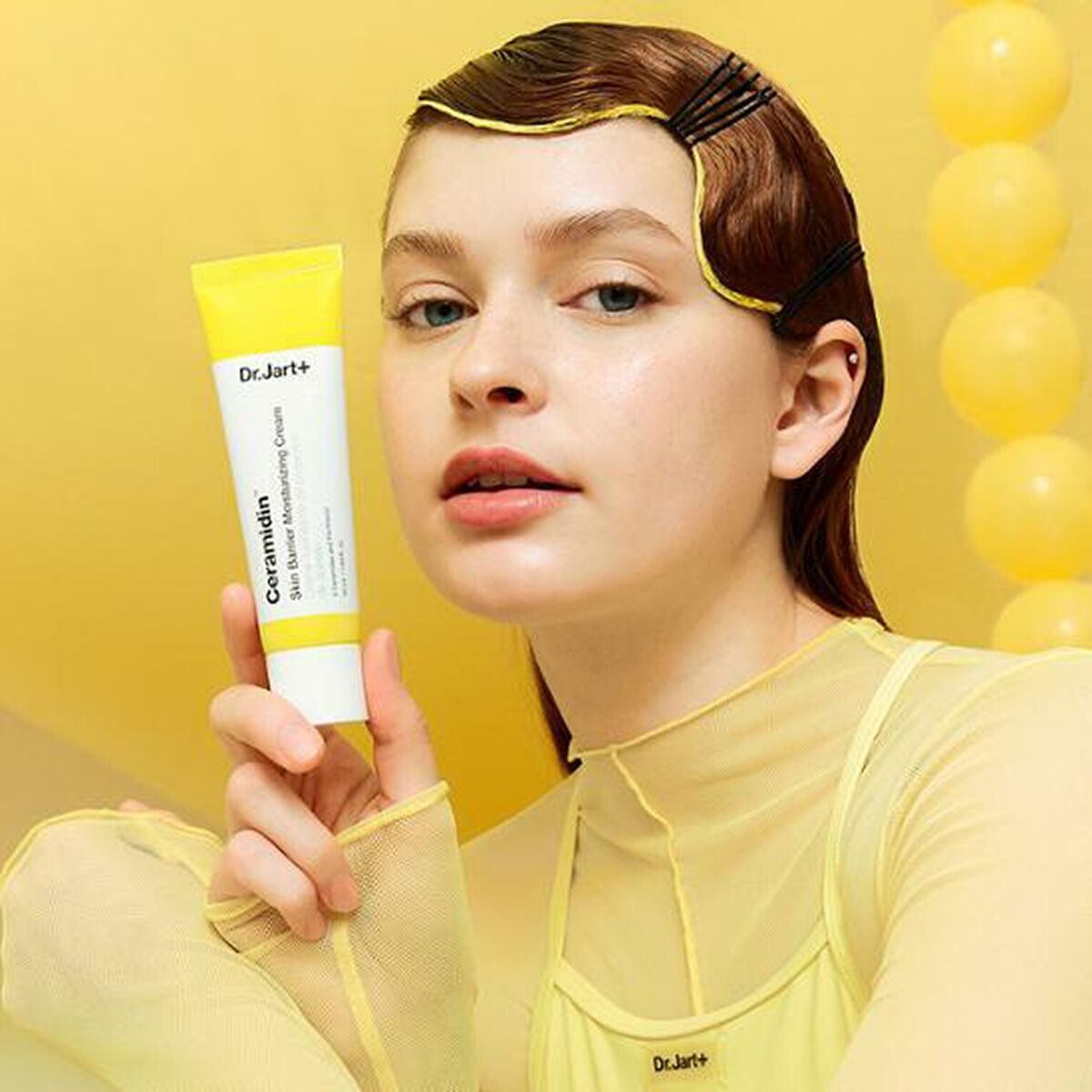
Choosing the Right Moisturizer for Your Skin Type
Selecting the appropriate moisturizing cream for your face depends largely on your skin type. For those with dry skin, rich, emollient creams containing ingredients like hyaluronic acid, glycerin, and natural oils can provide much-needed hydration. These formulations often have a thicker consistency to create a protective barrier that locks in moisture. Oily skin types should opt for lightweight, oil-free, or non-comedogenic moisturizers that won’t clog pores. Gel-based or lotion formulations containing ingredients like salicylic acid or niacinamide can help control excess oil while providing necessary hydration.
Combination skin benefits from balanced formulations that hydrate dry areas without overwhelming oily zones. Consider using different products for different facial areas or look for moisturizers specifically designed for combination skin. Those with sensitive skin should choose gentle, fragrance-free moisturizers with soothing ingredients like aloe vera or chamomile. Hypoallergenic formulations can help minimize the risk of irritation. For mature skin, look for moisturizers rich in anti-aging ingredients such as retinol, peptides, and antioxidants to address fine lines, wrinkles, and loss of firmness. Regardless of skin type, it’s crucial to patch test new products and introduce them gradually into your skincare routine to ensure compatibility and avoid potential reactions.
Day vs. Night Moisturizers: Understanding the Differences
Facial moisturizers for daytime and nighttime use serve different purposes and often contain distinct ingredients. Day creams typically focus on protection and lightweight hydration. They often include SPF to shield the skin from harmful UV rays, which can cause premature aging and skin damage. Antioxidants like vitamin C or green tea extract are common in day creams to protect against free radical damage from environmental stressors. These formulations are generally lighter in texture to allow for comfortable wear under makeup.
On the other hand, night creams tend to be richer and more nourishing. They often contain higher concentrations of active ingredients like retinol, peptides, or alpha-hydroxy acids (AHAs) to support the skin’s natural repair processes while you sleep. Night moisturizers focus on deep hydration and recovery, helping to replenish moisture lost during the day and support cell turnover. Some night creams include ingredients like hyaluronic acid or ceramides to boost hydration and strengthen the skin barrier overnight. While it’s not always necessary to use separate day and night moisturizers, doing so can help target specific skin concerns more effectively and provide round-the-clock care for your skin.
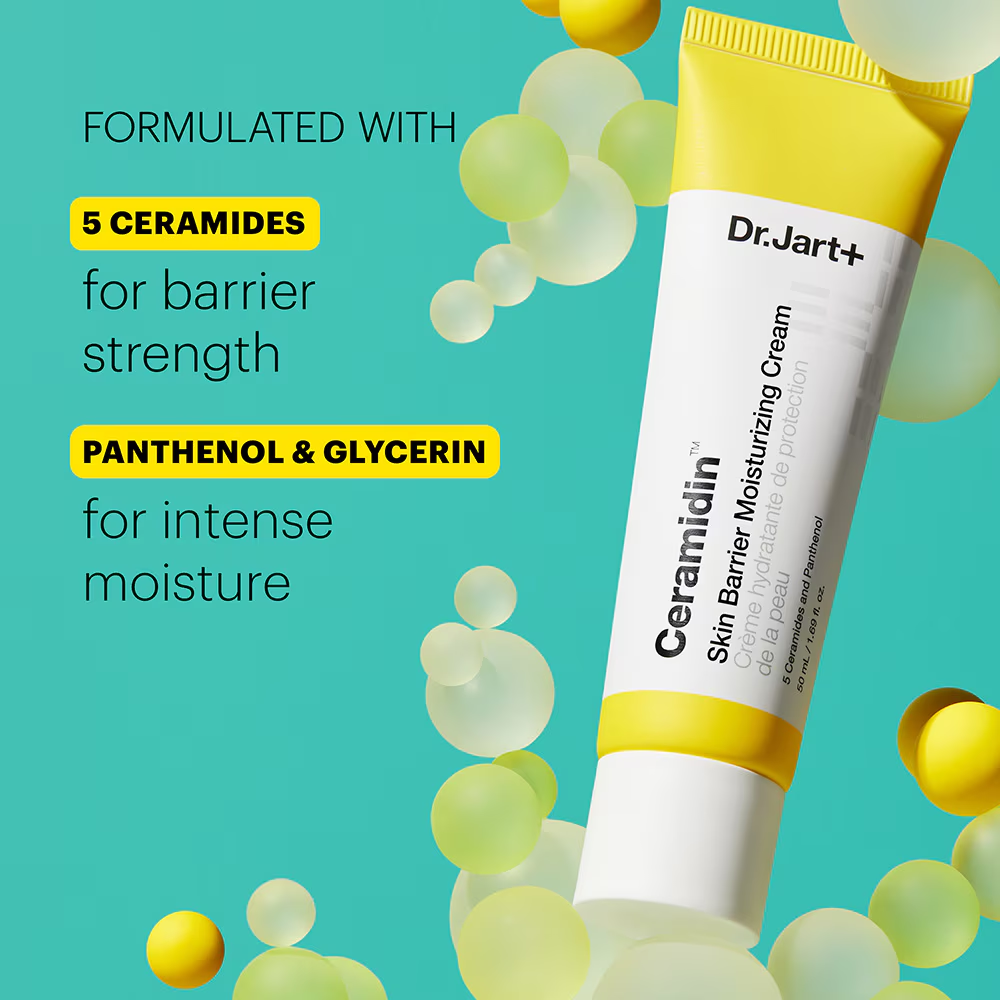
The Role of Moisturizers in Anti-Aging Skincare
Moisturizing cream for face play a significant role in anti-aging skincare routines. As we age, our skin naturally loses moisture and elasticity, leading to the formation of fine lines, wrinkles, and sagging. Effective moisturizers can help combat these signs of aging in several ways. Firstly, by keeping the skin well-hydrated, they can plump up skin cells, temporarily reducing the appearance of fine lines. Ingredients like hyaluronic acid are particularly effective for this purpose. Secondly, many anti-aging moisturizers contain active ingredients that target specific age-related concerns.
Retinol, a form of vitamin A, stimulates collagen production and accelerates cell turnover, helping to smooth wrinkles and improve skin texture. Peptides can support the skin’s natural collagen and elastin production, enhancing firmness and elasticity. Antioxidants such as vitamins C and E protect against free radical damage, which can accelerate the aging process. Some moisturizers also include ingredients like niacinamide, which can help even out skin tone and reduce the appearance of age spots. By incorporating these targeted ingredients into a daily moisturizing routine, it’s possible to address multiple signs of aging simultaneously, promoting a more youthful, radiant complexion over time.
Natural and Organic Moisturizers: Embracing Clean Beauty
The trend towards natural and organic skincare has extended to moisturizing cream for face, with many consumers seeking clean beauty alternatives. Natural moisturizers often feature plant-based ingredients like aloe vera, jojoba oil, shea butter, and botanical extracts. These ingredients can provide effective hydration while potentially minimizing exposure to synthetic chemicals. Organic moisturizers take this a step further by using ingredients grown without pesticides or synthetic fertilizers. Many natural and organic moisturizers avoid potentially harsh preservatives, artificial fragrances, and other synthetic additives that some individuals find irritating.
However, it’s important to note that “natural” doesn’t always mean better or safer for everyone. Some natural ingredients can still cause allergic reactions or irritation in sensitive individuals. When choosing natural or organic moisturizers, look for products that are certified by reputable organizations to ensure their claims are verified. Additionally, consider the product’s shelf life, as natural preservatives may not be as effective as synthetic ones. While natural and organic moisturizers can be excellent choices for those seeking a more eco-friendly or clean beauty approach, it’s crucial to choose products that suit your skin type and address your specific skincare needs.
Application Techniques for Maximum Benefits
Proper application of facial moisturizing cream is key to maximizing its benefits. Start with clean, slightly damp skin to help lock in hydration. Use a pea-sized amount of product for the entire face; using too much can lead to clogged pores or a greasy feeling. Gently dot the moisturizer on your forehead, cheeks, nose, and chin, then blend using upward, circular motions. This technique helps stimulate blood flow and promotes absorption. Be extra gentle around the delicate eye area, using your ring finger to pat the product lightly. Don’t forget to extend the moisturizer down to your neck and décolletage, areas often neglected but prone to showing signs of aging.
For optimal results, apply moisturizer within a few minutes of cleansing or showering, when your skin is most receptive to hydration. If you’re using multiple skincare products, apply them in order of thickness, with the lightest products first and moisturizer typically last (except for sunscreen during the day, which should be the final step). Some people benefit from a facial massage during application, which can help improve circulation and promote lymphatic drainage. By following these application techniques, you can ensure that your skin receives the full benefits of your chosen moisturizing cream.
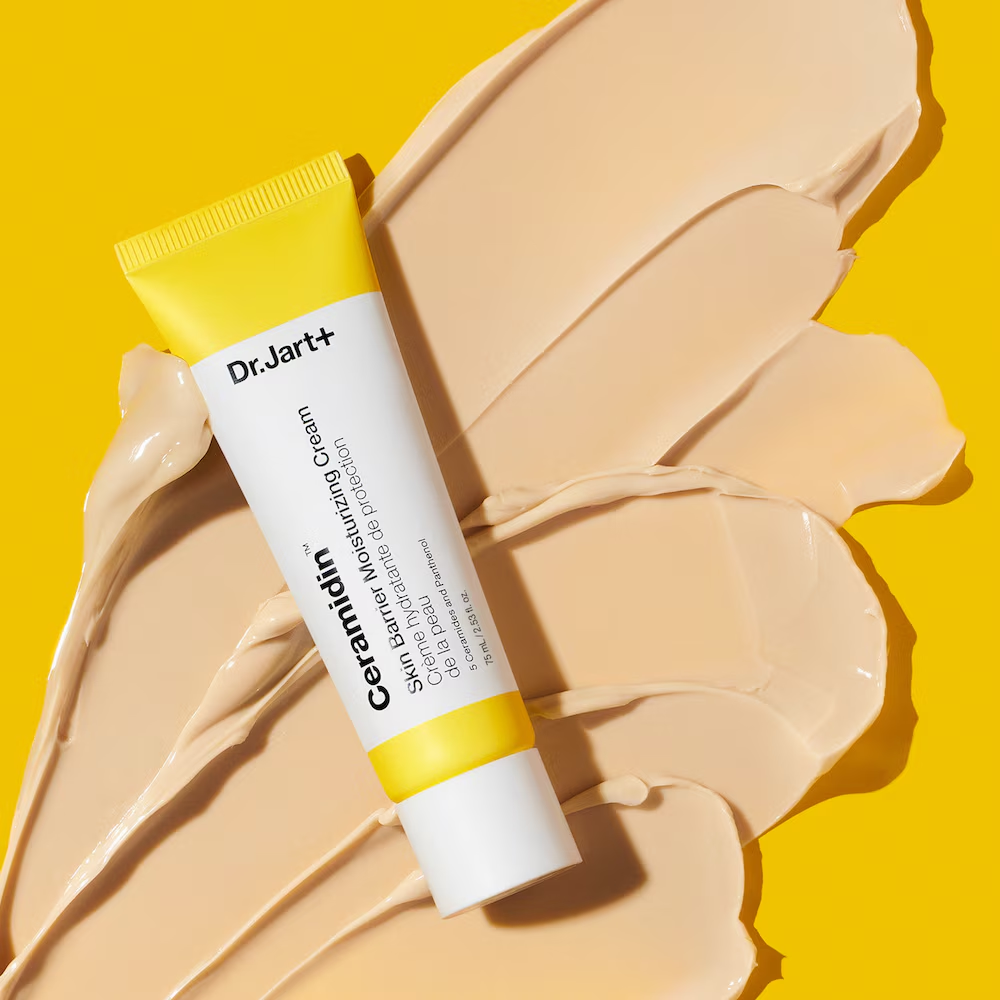
Addressing Common Skin Concerns with Moisturizers
Moisturizing cream for face can do more than just hydrate; they can also address various skin concerns when formulated with specific ingredients. For acne-prone skin, look for oil-free, non-comedogenic moisturizers containing salicylic acid or benzoyl peroxide to help control breakouts while maintaining hydration. Those dealing with redness or sensitivity might benefit from moisturizers with soothing ingredients like niacinamide, aloe vera, or centella asiatica.
To combat dullness and uneven skin tone, seek out moisturizers enriched with vitamin C or other brightening agents like kojic acid or licorice extract. For those concerned with large pores, moisturizers containing retinol or clay can help refine skin texture over time. Individuals dealing with excessive oiliness might prefer mattifying moisturizers that contain ingredients like silica or clay to absorb excess sebum. On the other hand, those with extremely dry or flaky skin should look for rich, emollient creams with ingredients like ceramides, fatty acids, or natural oils to replenish the skin’s moisture barrier. By choosing a moisturizer tailored to your specific skin concerns, you can address multiple issues simultaneously, streamlining your skincare routine and improving overall skin health.
The Future of Facial Moisturizers: Innovations and Trends
The world of facial moisturizing creams continues to evolve, with new innovations and trends emerging regularly. One significant trend is the development of “smart” moisturizers that adapt to the skin’s changing needs throughout the day. These formulations might offer increased hydration when the skin is dry or control oil production when it’s excessive. Another innovation is the incorporation of probiotics and prebiotics into moisturizers to support the skin’s microbiome, which plays a crucial role in overall skin health.
Sustainability is becoming increasingly important, with many brands focusing on eco-friendly packaging and sustainably sourced ingredients. Some companies are exploring waterless formulations to reduce their environmental impact and create more potent products. Personalization is another growing trend, with some brands offering custom-blended moisturizers based on individual skin assessments. The use of high-tech ingredients, such as synthetic peptides designed to mimic natural skin processes, is also on the rise. Additionally, there’s a growing interest in moisturizers that protect against blue light and pollution, addressing modern environmental concerns. As research in skincare continues to advance, we can expect to see even more targeted, effective, and innovative moisturizing solutions in the future, further revolutionizing our approach to skin hydration and care.
